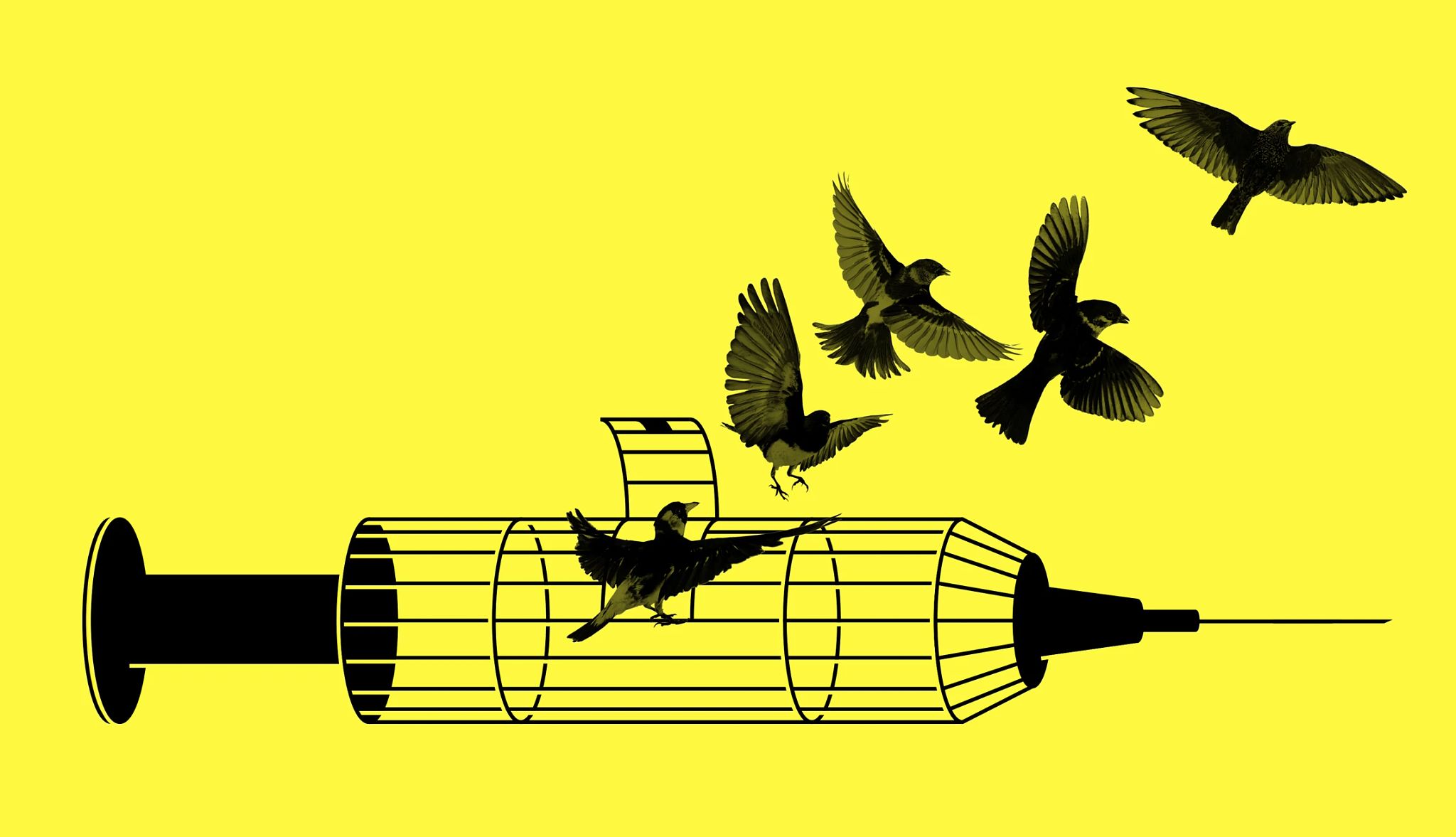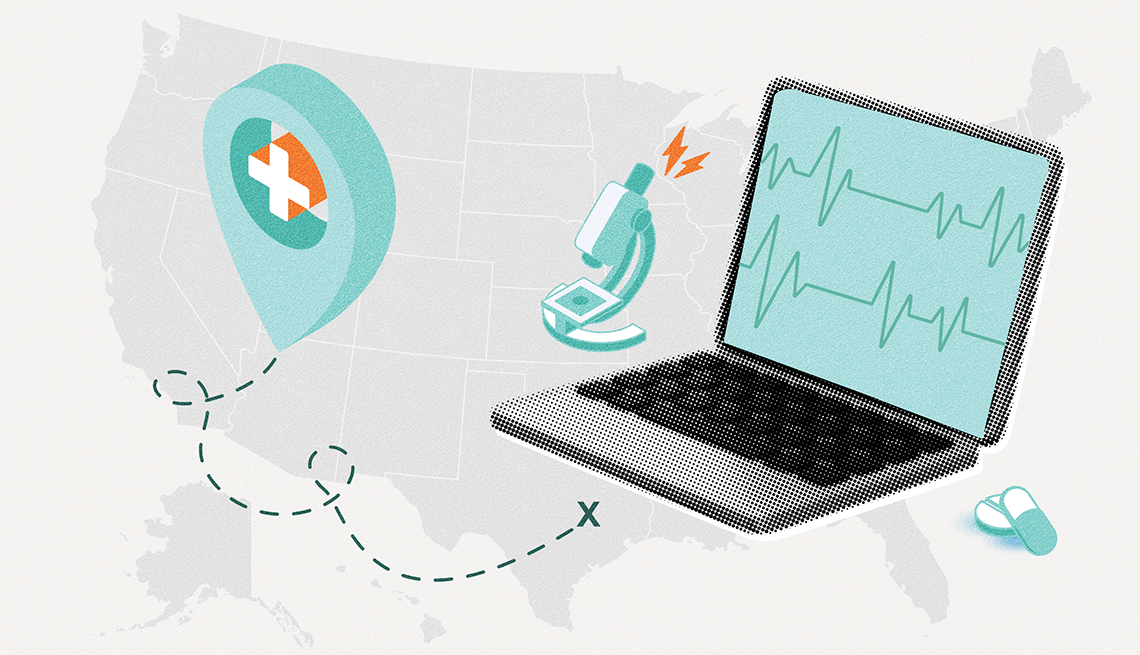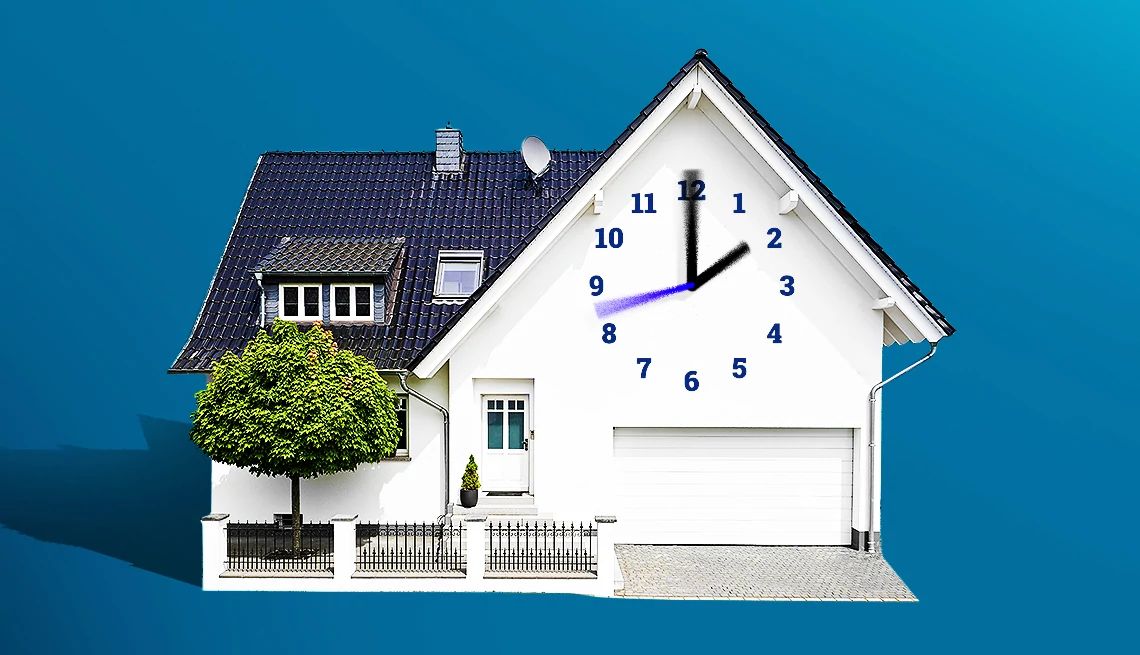AARP Hearing Center


According to a recent survey, the second most common New Year’s resolution was to improve finances. Now is the perfect time take control of your 2024 finances by building a relatively simple budget. Why budget? If you don’t measure what you are making and spending, it’s virtually impossible to change and take charge of your financial future.
Admittedly, budgeting is a about as much fun as losing weight. And aside from the new prescription weight-loss drugs, the only way to lose weight that has stood the test of time is to burn more calories than you take in. The same goes for achieving financial independence: You must take in more income than you spend.
Step 1: Calculate last year’s income and expenses
Income is pretty easy. It’s all the cash that was paid to you, such as Social Security; your paycheck (after taxes and other withholding); investment income, such as dividends and interest; and any other material amounts of cash, such as a large gift from a relative.
Expenses are a bit harder. Look at what you spent last year, and categorize it according to type of expenditure, such as mortgage payments, other debt, utilities, food, insurance, medical, taxes, travel and miscellaneous. This may seem daunting, but many credit card companies provide a summary of your expenditures for the year. A combination of those credit card expenditures plus items paid from your bank accounts typically amounts to nearly all your expenditures. Unless you spend an enormous amount of cash, you can categorize your cash withdrawals from the ATM as miscellaneous.
Next, a bit of a sanity check: Your income less your expenses should be close to what you saved (or didn’t save). If your calculation shows you took in $10,000 more than you spent but you fell further into debt, something is wrong.
Step 2: Take a stroll down memory lane
Now that you have a summary of the past with a lot of supporting detail from your credit card categorizations, think about those expenditures. Note which expenditures were fixed, meaning you can do nothing about them, like property taxes. Many fixed expenditures can, however, be reduced. For example, you could shop around for the right insurance at the right price.
When it comes to expenditures that are more discretionary, concentrate on the largest ones. Consider the following when evaluating each expenditure:































.jpg?crop=true&anchor=13,195&q=80&color=ffffffff&u=lywnjt&w=2008&h=1154)































More From AARP
2024 IRS Tax Deadlines You Can’t Afford to Miss
Is Tax Day April 15 this year? When are estimated taxes due? Our IRS filing calendar has the answersHow Long Do You Have to Keep Tax Records?
For many, just 3 years — for others, practically forever
Recommended for You